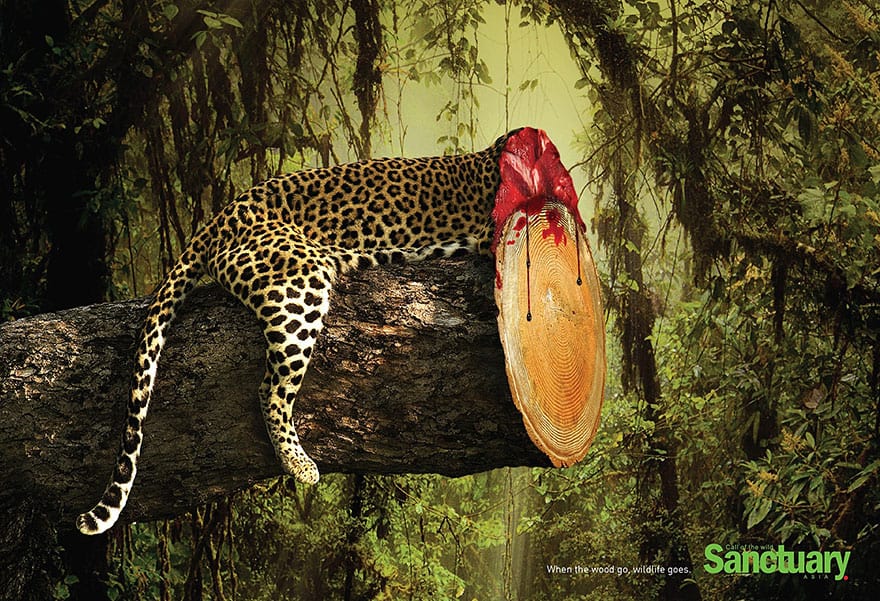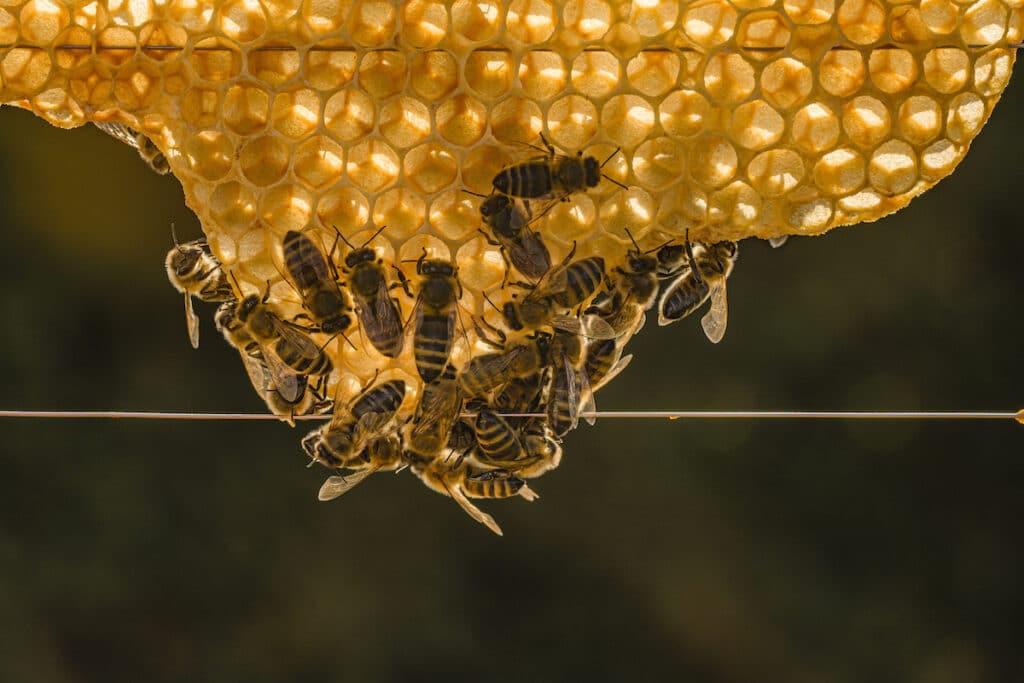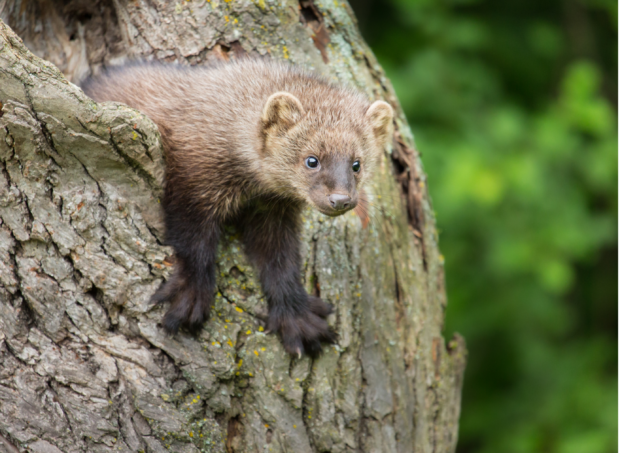Forests are a key component of life on earth. In addition to providing shelter for 80% of land-dwelling species, they play an essential role in the carbon cycle, converting carbon dioxide into oxygen.
It is no exaggeration to say that deforestation is a threat to life on earth. A massive 15 billion trees are lost each year, meaning roughly an area the size of Yosemite is destroyed every nine days!
If these rates continue, then rainforests could disappear entirely within a hundred years.
Why is deforestation a problem?
In addition to providing habitats and oxygen, Forests also act as the first line of defence against climate change. Not only does deforestation reduce our planet’s defence against climate change, it actively contributes to it too.
When trees are cut, the stored carbon dioxide is released back into the atmosphere, with these greenhouse gases contributing significantly to the various environmental issues associated with climate change.
What is the cause of deforestation?
Deforestation takes place to free up land, or to create various consumer products. Cattle-ranching is a leading cause of deforestation, with large areas of forest culled for grazing land, particularly in Brazil.
Palm oil is also a leading cause of deforestation, as huge areas of rainforest are cleared every year for palm tree plantations. Palm oil is a staple in many everyday products, such as food and cosmetics, and is driving indigenous people from their homes, and various animals to the brink of extinction.
How can we address deforestation?
Conservation organisations are are planting around 5 billion trees a year, but change needs to happen at an individual level too. Avoiding palm oil, Brazilian beef, and paper where possible is a good start and there are other ways to reduce your carbon footprint.
Deforestation is a real threat. Check out the graphic below to find out more.

What you can do
Support ‘Fighting for Wildlife’ by donating as little as $1 – It only takes a minute. Thank you.
Robert Lovell
Robert Lovell is a writer and editor with a love of wildlife and a passion for environmentalism. He is based in the north of England but loves to travel.







Leave a Reply